Secrets to Soil Success
What is Soil?
Soil is a diverse mix of substances, teeming with life and composed of minerals, decayed plant and animal matter, water, and air. It is a complex living world that provides plants with anchoring, the nutrients they need to grow, and synergistic relationships with microbes and fungi that help them to access and take up nutrients. When soil has this kind of healthy complexity, there is a greater chance of growing healthful vegetables, herbs, and flowers in your garden that have vigor, and a natural ability to fend off pests and diseases.
Building Great Soil
A healthy garden has soil that is a treasure chest of all the above things. You can help to create it or enhance it by:
- Amending soil with poor organic content by adding 2"-4" of compost or well-rotted manure to your garden each season. This is helpful when your native soil is clay-like, sandy, or nutrient-poor.
- Boosting soil nutrition with natural fertilizers such as earthworm castings, seaweed extract, or fish emulsion.
- Increasing mineral content of excessively organic or sandy soils by adding rock phosphate, greensand, or rock dust every few seasons.
- Allowing earthworms and all the tiny living things that you can't see to thrive by minimizing tilling (and never till wet soil).
- Eliminating or limiting your use of pesticides and herbicides.
- Mulching garden areas in fall (with grass, leaves, hay, untreated bark, etc.)
- Allowing frequently planted areas to rest after a couple seasons by leaving them fallow or planting with cover crops (which revitalize soil by adding nutrients after they are incorporated).
What about nutrient additions?
A mistake that new gardeners make when preparing the soil in a garden area is to go overboard with fertilizer or manure addition before planting. Soil that is too rich in nitrogen may inhibit seed germination, burn young seedlings, or contribute to a lot of initial leafy, but weak, plant growth while possibly delaying flowering and production. In many cases, an initial addition of compost and side dressings of compost every couple weeks is all that your plants will need during the season. An exception would be a 'heavy feeder', like corn, that appreciates some initial fertilizer and frequent booster applications. If you use commercial fertilizer, apply at the recommended rate and recommended time for the plant's growth cycle.
What about soil pH?
A neutral (7.0) or slightly acidic (5.8 - 6.5) pH is fine for most flower and vegetable crops. If your soil is too acidic (common in the moist parts of the eastern U.S.), lime can be added to raise the pH. If your soil pH is too alkaline, (common in the dryer western U.S.), it can be lowered by adding sulfur. Using raised beds filled with a prepared, ideal planting mix is a way get around natural soil pH issues.
Testing your Soil
If you'd like to have your soil tested for nutrient deficiency, your local county extension agency can usually provide this service for a small fee. You can find a link to your local office here: http://www.csrees.usda.gov/Extension/
With these basic tips, you are well on your way to a healthy garden with soil that will help your plants thrive!
Thanks to Botanical Interests® Seeds for these tips!
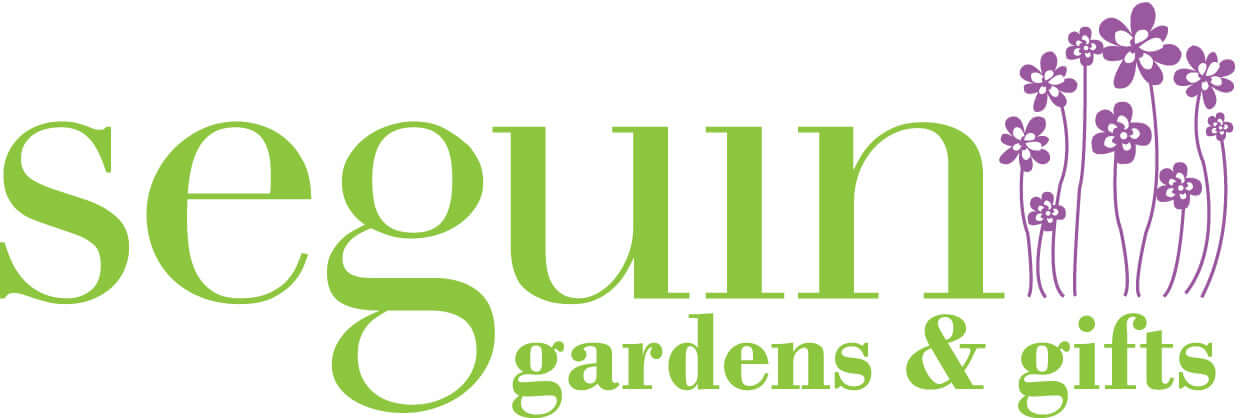
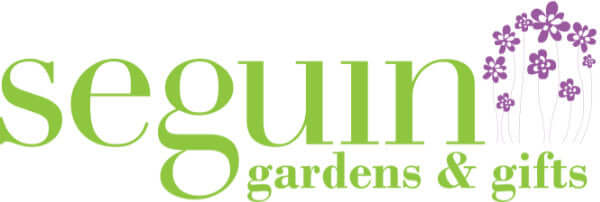
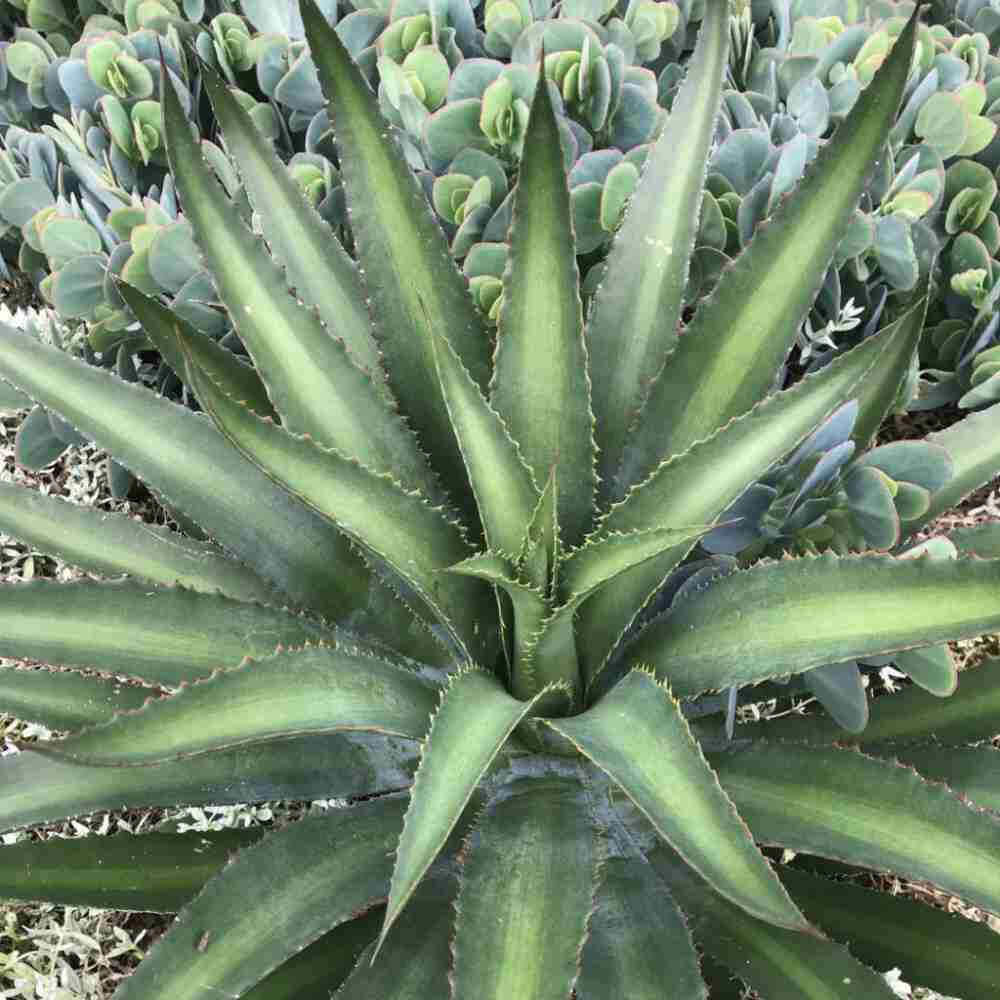
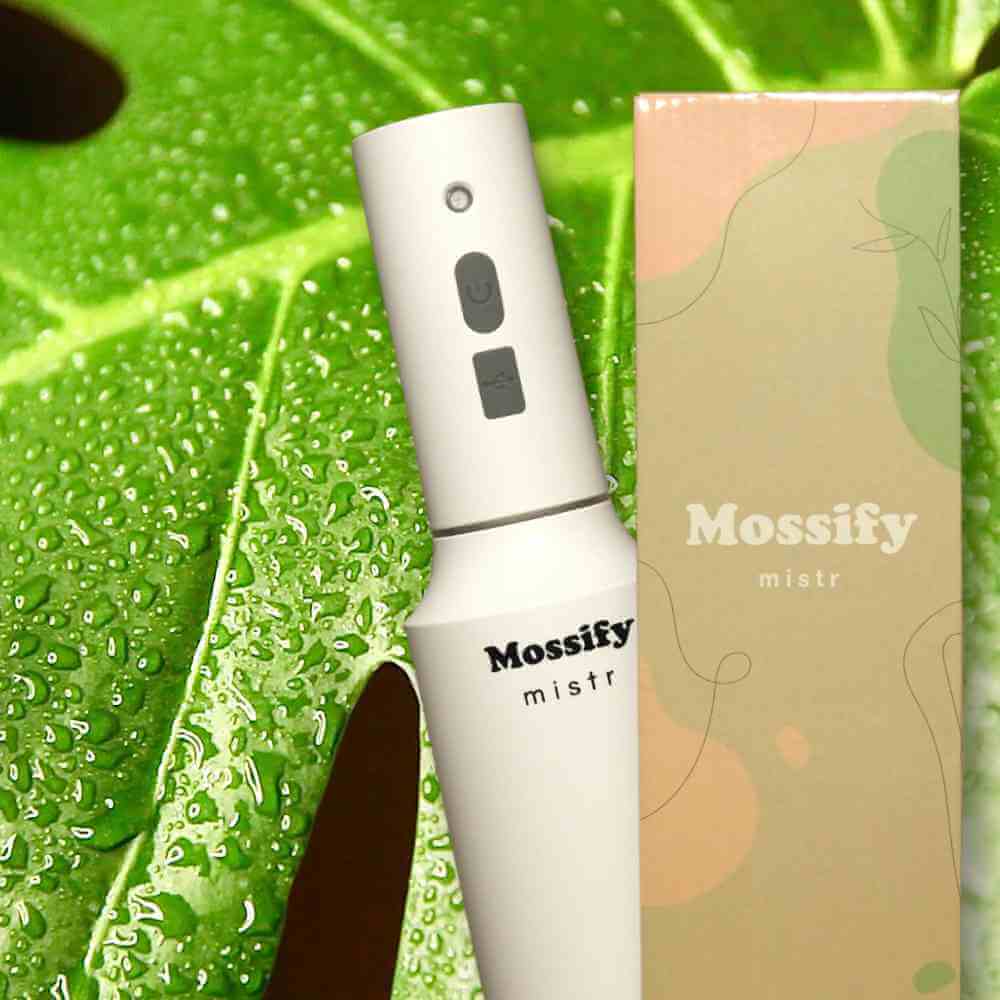
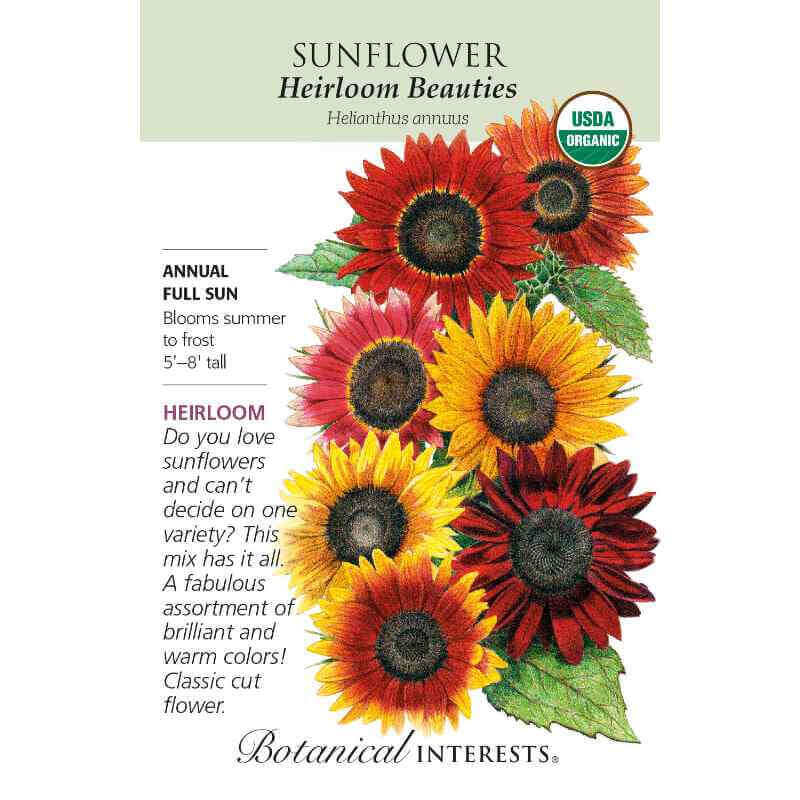
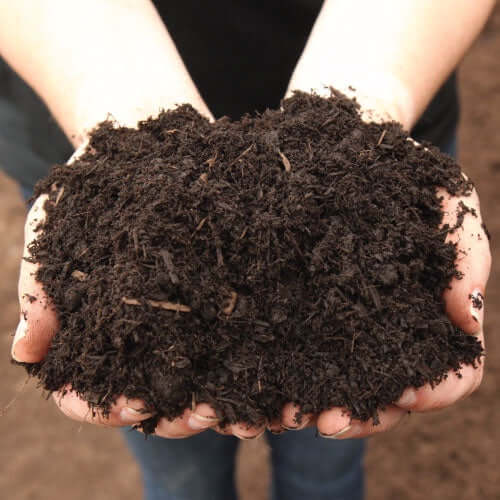
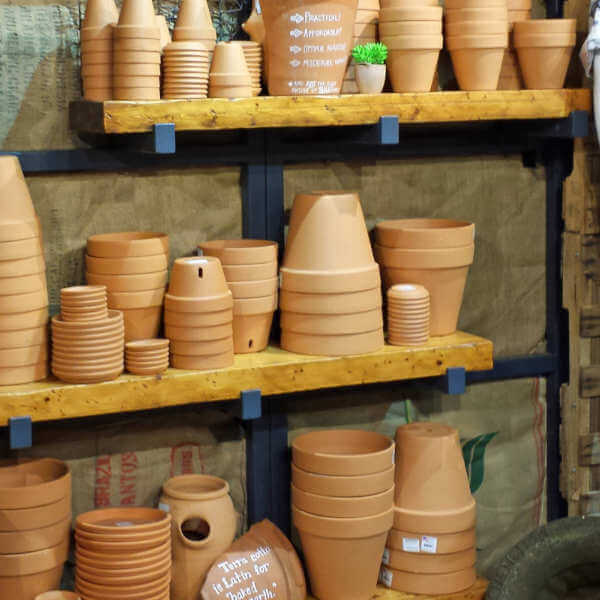
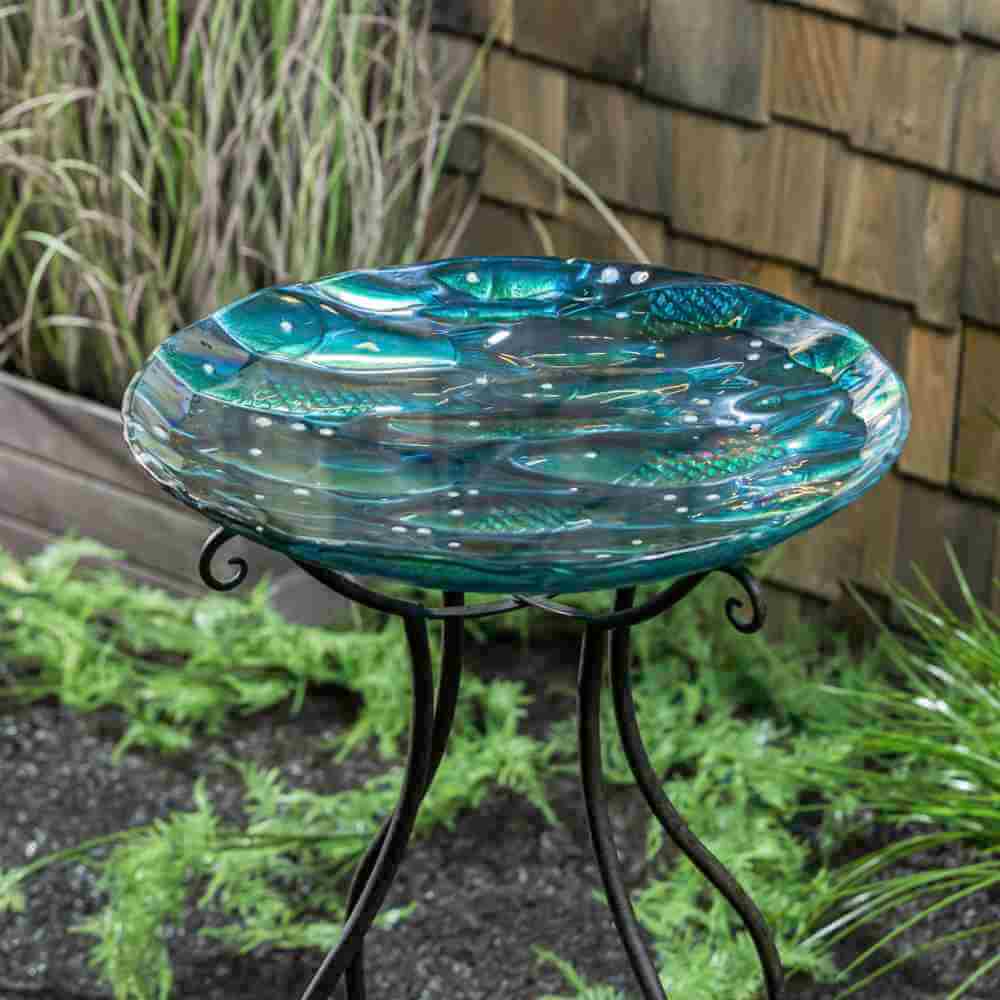
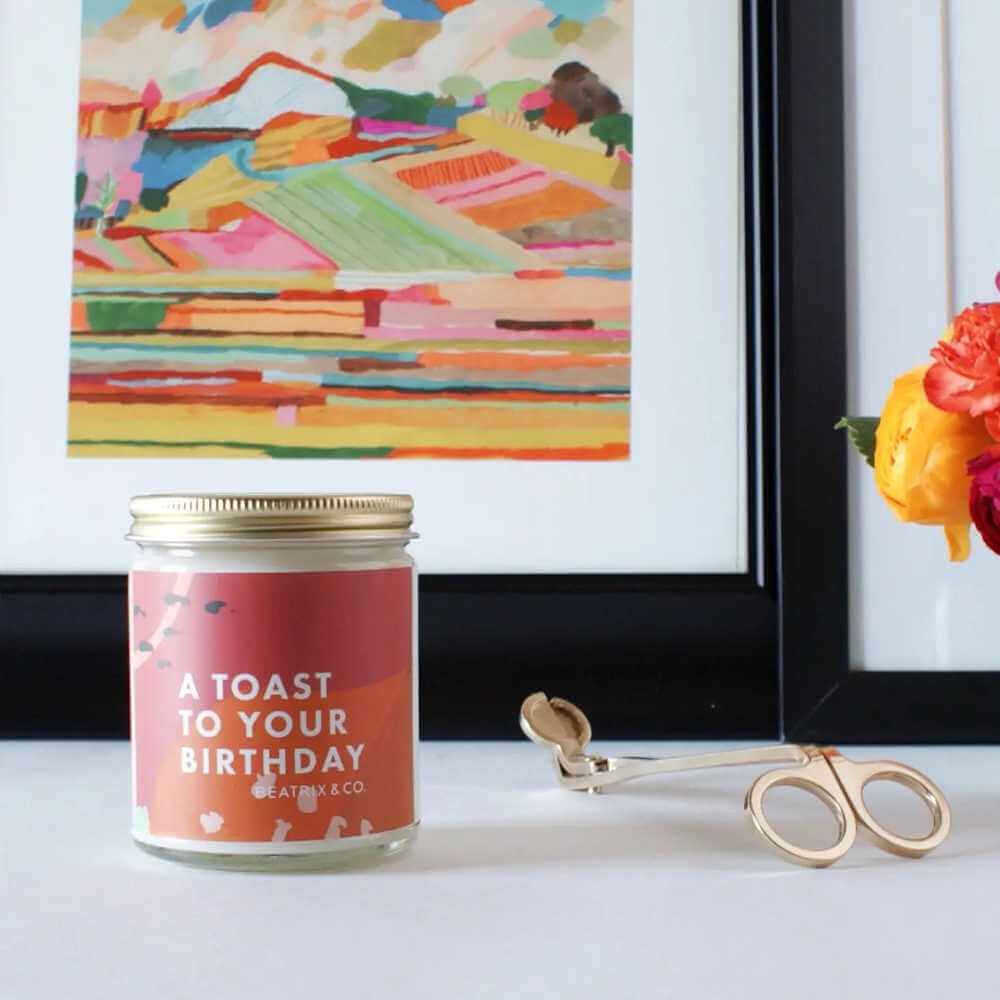

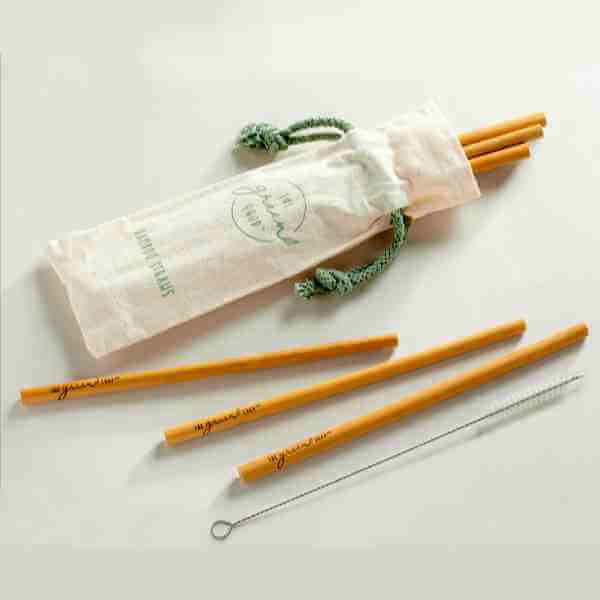


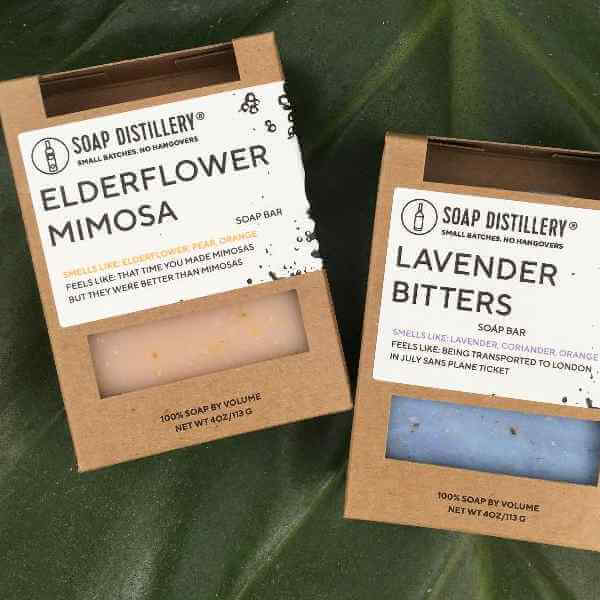
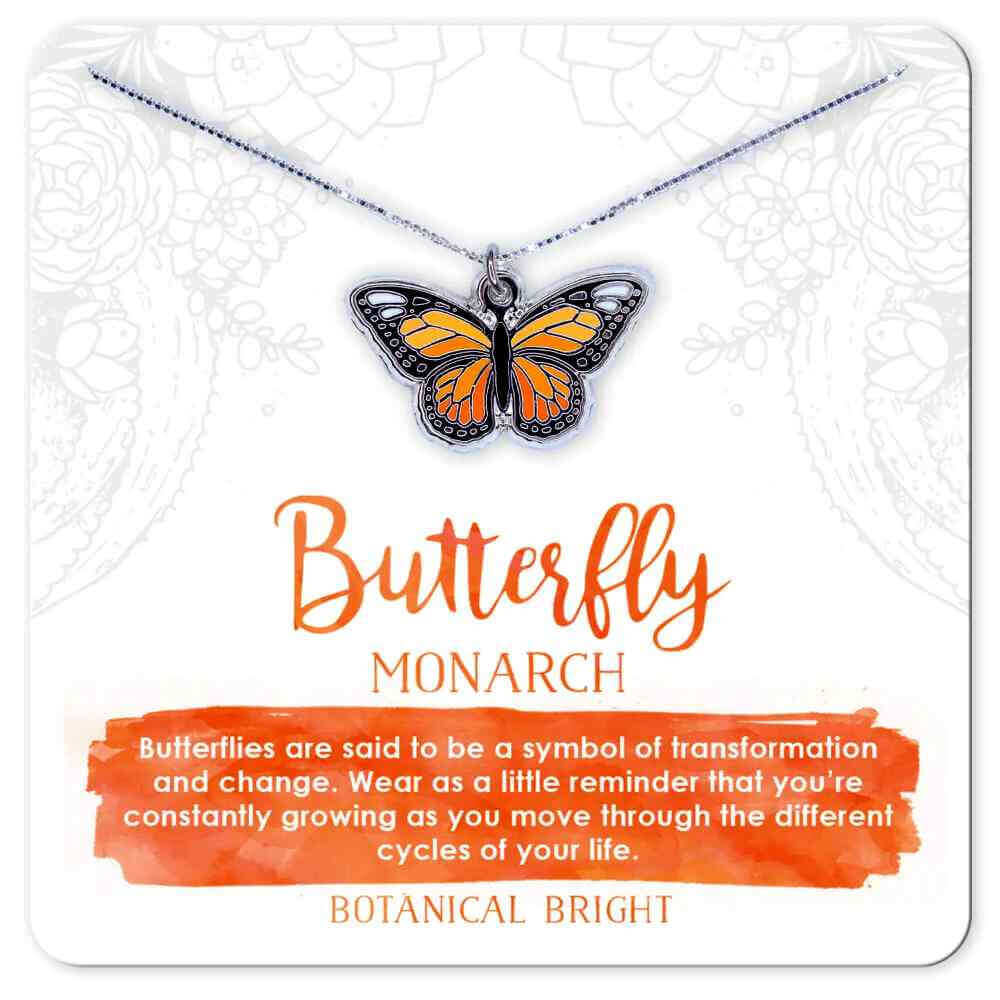

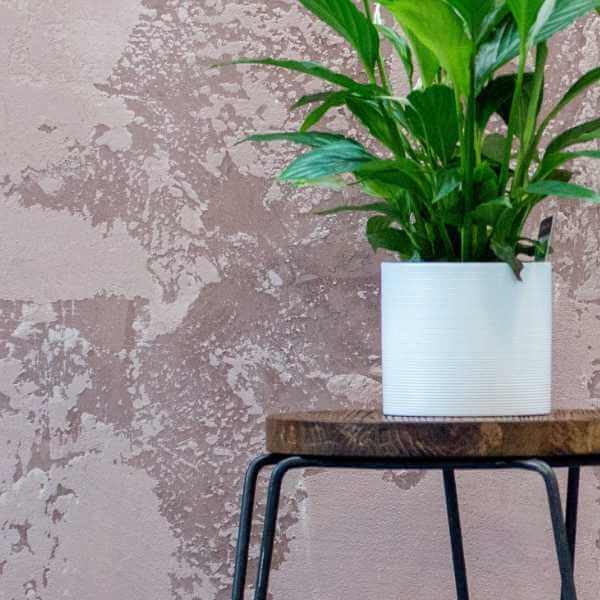
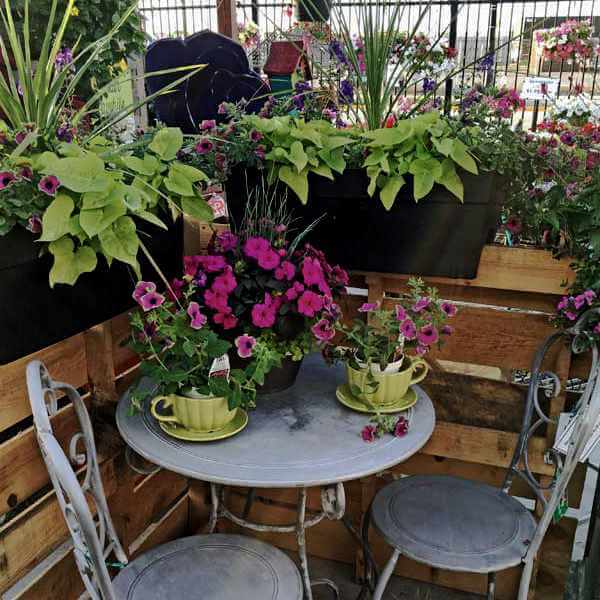

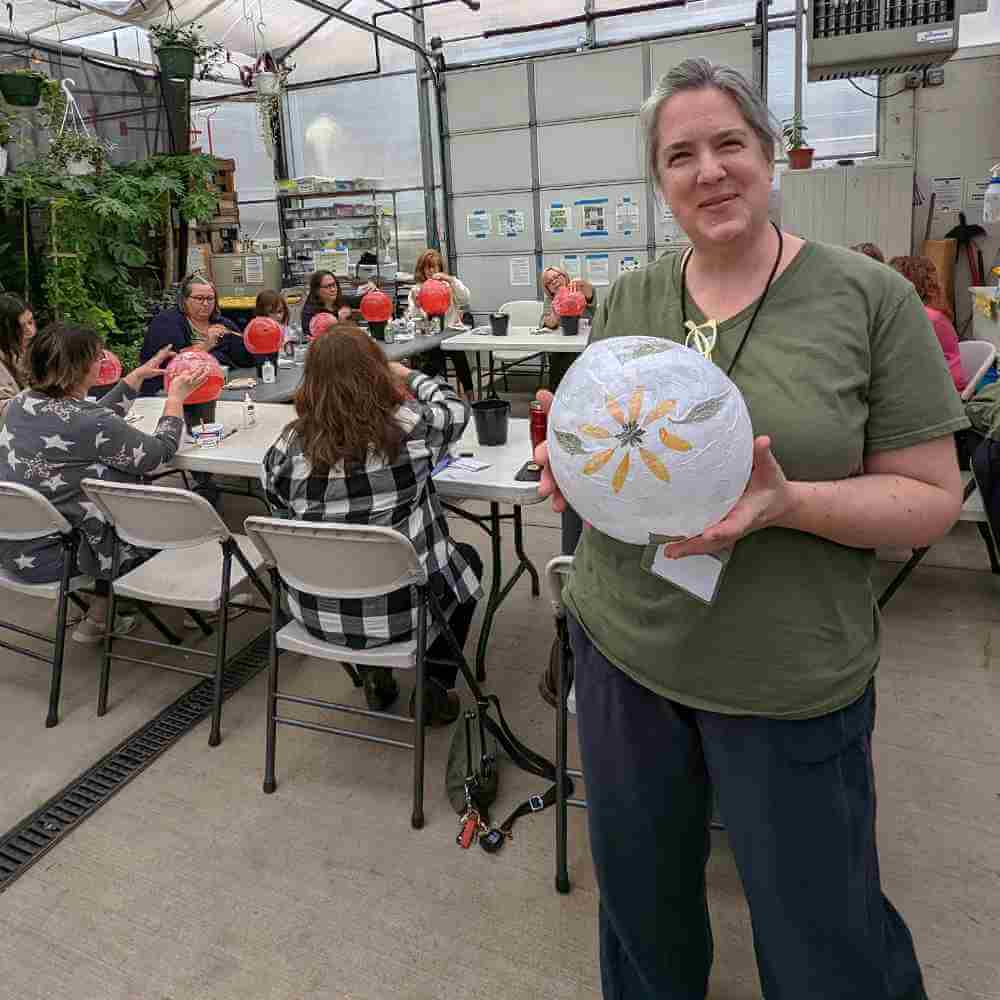

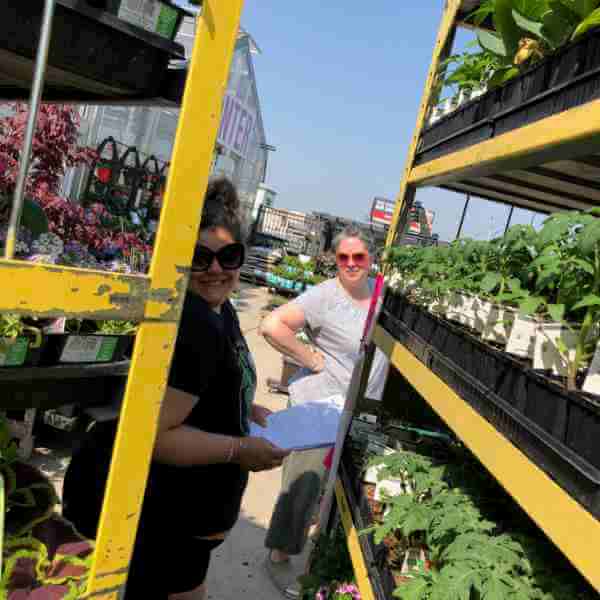
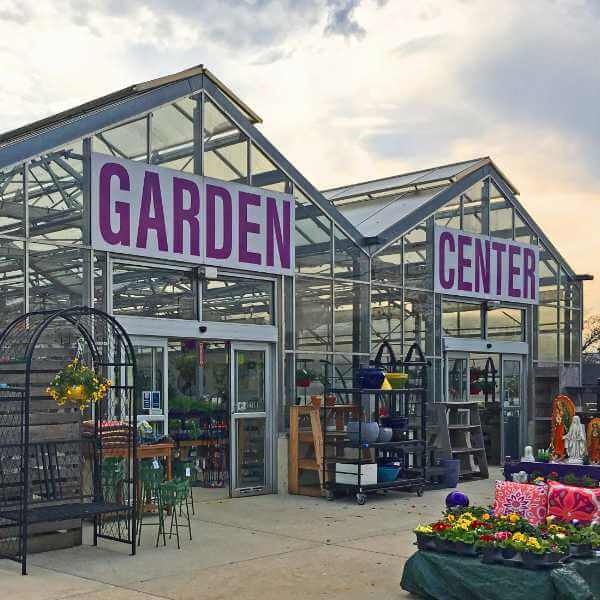



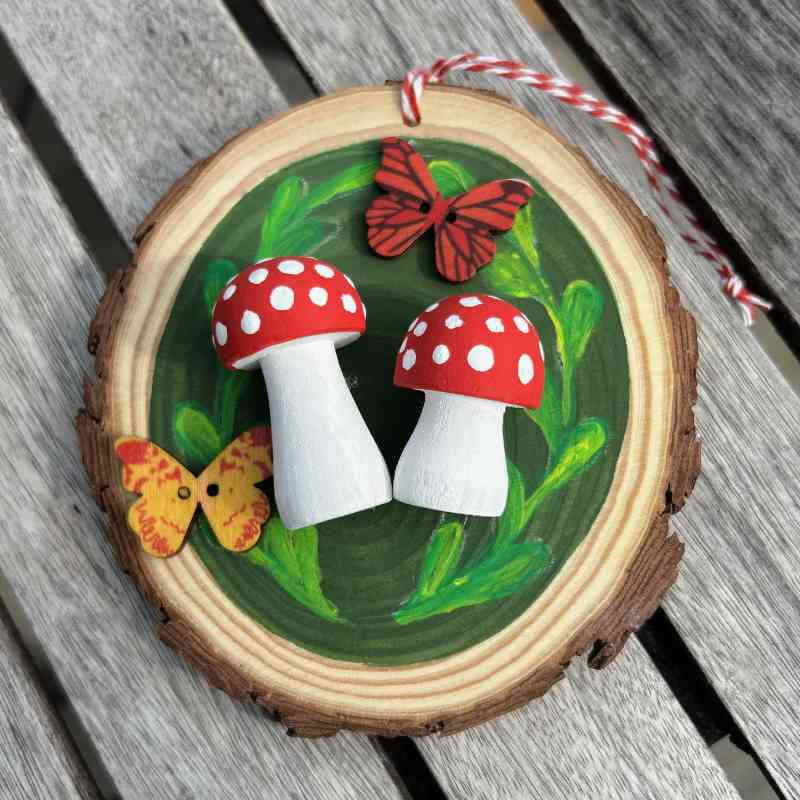
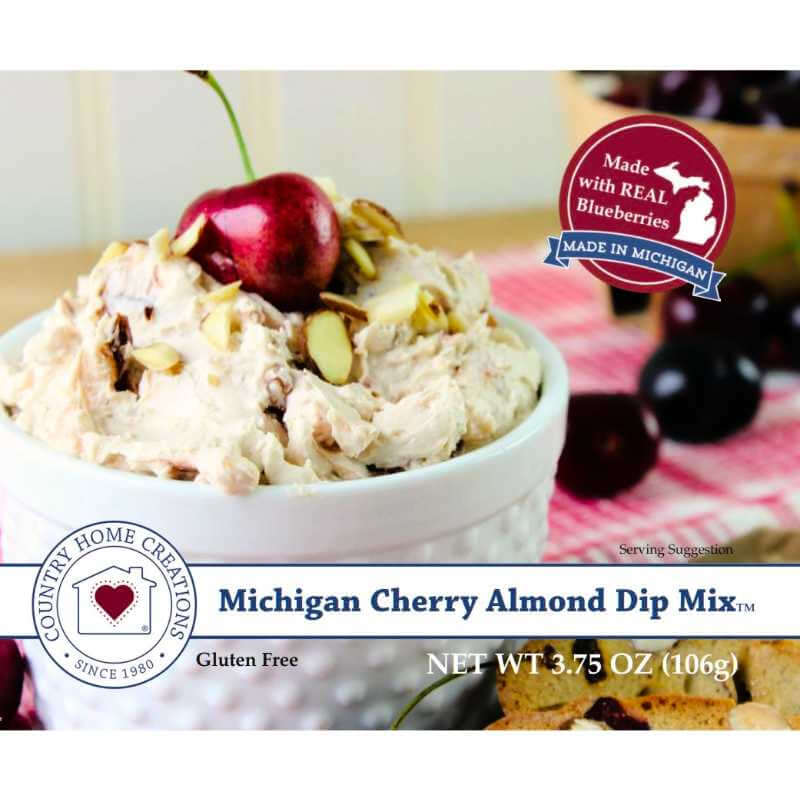


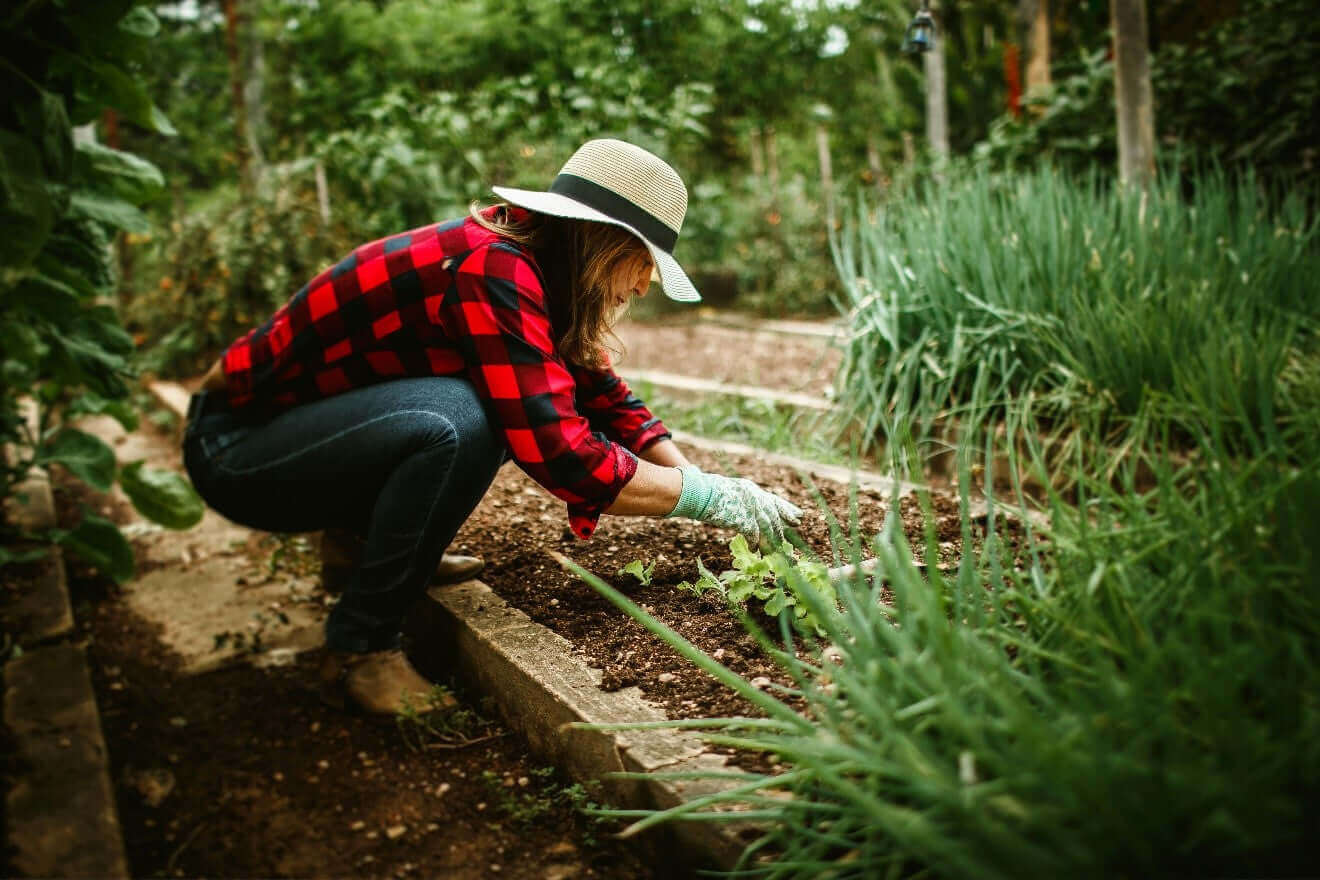
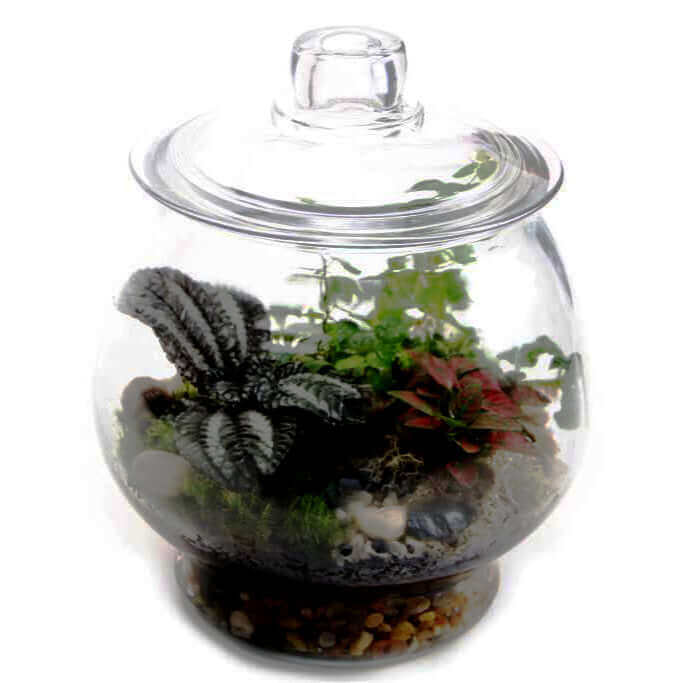
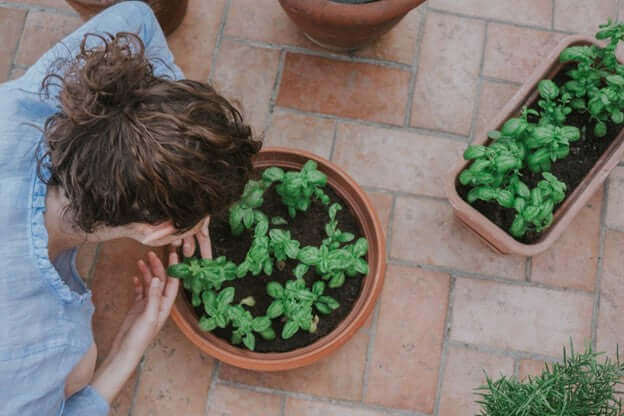
Leave a comment (all fields required)